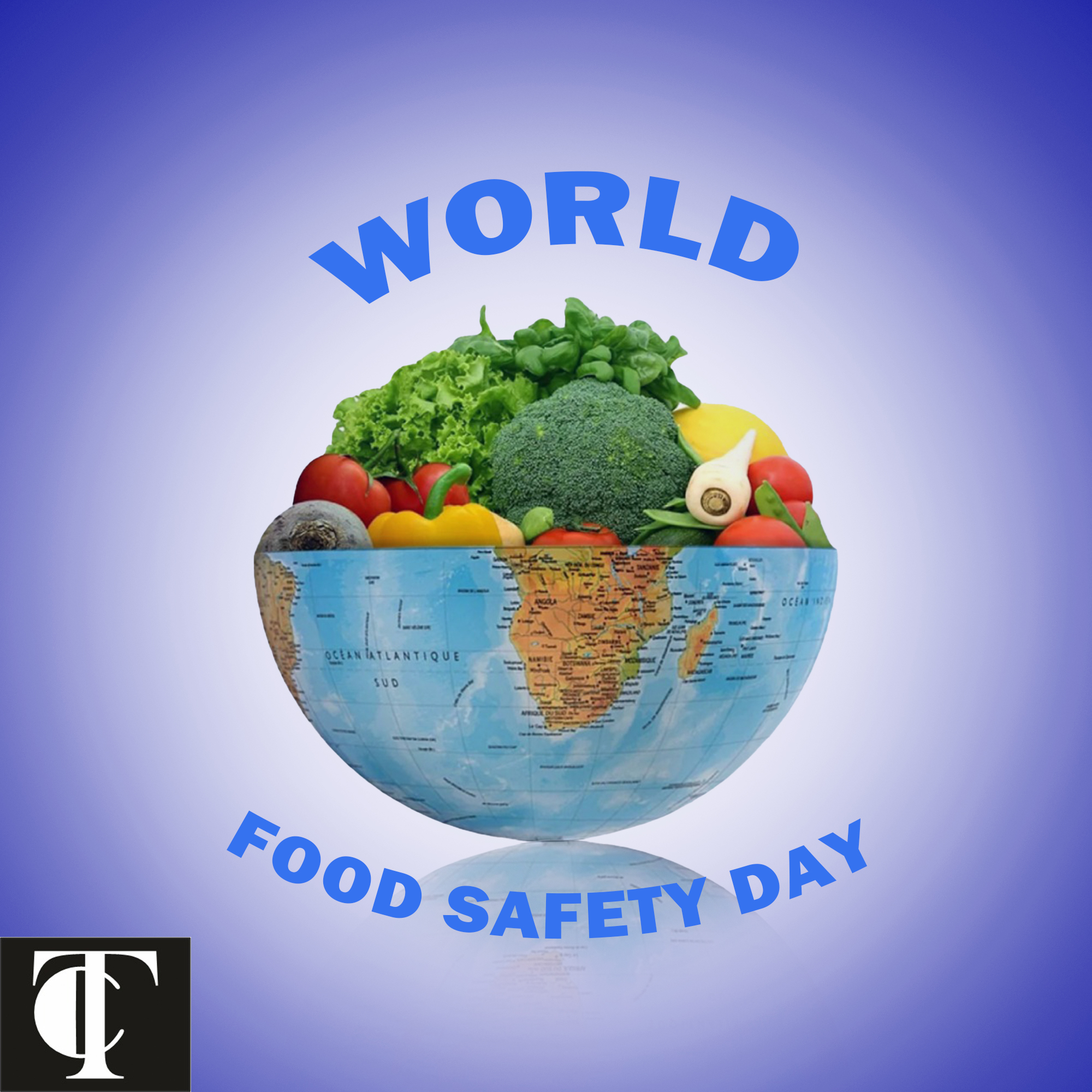


IN SHORT
Annual Observance: World Food Safety Day is observed on June 7 every year. It was declared an international holiday by the UN General Assembly in 2018.
Theme and Point of Interest: The subject for this year is "Food Safety: Prepare for the Unexpected," highlighting the necessity of handling a variety of food safety-related issues.
Global Effect: Every day, 1.6 million diseases are brought on by contaminated food, which mostly affect children under five and nations with lower and intermediate incomes.
Call to Action: To ensure food safety and prevent foodborne illnesses, governments, producers, and consumers are asked to work together.
The UN General Assembly introduced World Food Safety Day, which is celebrated on June 7 every year, in 2018 to raise public awareness of the risks to public health posed by contamination of food and to encourage action toward prevention, detection, and response. This day, which is jointly organized by the Food and Agriculture Organization of the United Nations (FAO) and the World Health Organization (WHO), shows the importance of food safety for a variety of reasons, including market access, agriculture, consumer health, sustainable development, economic prosperity, and food security
World Food Safety Day (2024) has “Food safety: prepare for the unexpected” as its topic. Food safety events, which include power outages, food poisoning, contaminated product recalls, outbreaks from imported products, or natural disasters, can range in severity from small-scale occurrences to large-scale worldwide crises. Local problems regarding food safety easily turn into worldwide crises in our linked global food system.
Roughly 1.6 million people become ill every day from eating contaminated foods, and children under five make up 40% of those affected. Because of decreased productivity and higher medical expenses, unsafe food is thought to cause an annual economic loss of USD 110 billion in low- and middle-income nations. Particularly in South-East Asia, where tainted food is thought to cause 150 million illnesses and 175,000 fatalities a year, there are several difficulties.
In many nations, the tropical environment, which is made worse by climate change, encourages the development of pests and the production of naturally occurring poisons. The frequency and intensity of extreme weather events are rising, which raises the danger of water- and food-borne illnesses.
Global food safety incident management is greatly aided by the International Food Safety Authorities’ Network (INFOSAN), which was established in 2004 by the Food and Agriculture Organization (FAO) and the World Health Organization (WHO). INFOSAN, which has 189 member nations, monitors and records hundreds of food safety events every year, encouraging worldwide cooperation and effective risk management techniques.
Food safety is the collective duty of producers, consumers, and governments. Governments are urged to improve national food control systems, create and test emergency action plans for food safety, and foster multisectoral cooperation. Food producers bear the responsibility of putting food safety management plans into action, keeping them up-to-date, providing staff training, and making sure food handlers receive the necessary vaccinations and medical examinations.
Customers ought to pay attention to the WHO’s Five Keys to Safer Food and practice safe food handling at home. It is essential to teach customers how to report accidents with food safety and handle unexpected events.
We are reminded that everyone has a part to play in reducing the dangers to food safety on World Food Safety Day. We can help ensure a safer food supply for everyone by raising awareness about foodborne risks and taking appropriate action to prevent, detect, and manage them.
READ MORE: UN Russian Language Day 2024: Celebrating Linguistic and Cultural Heritage